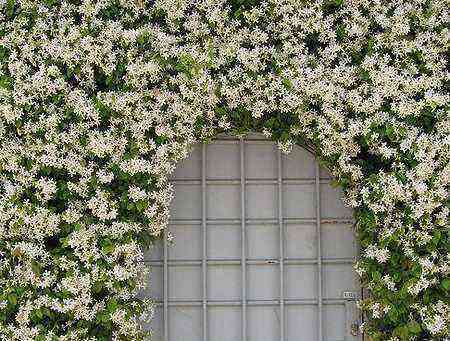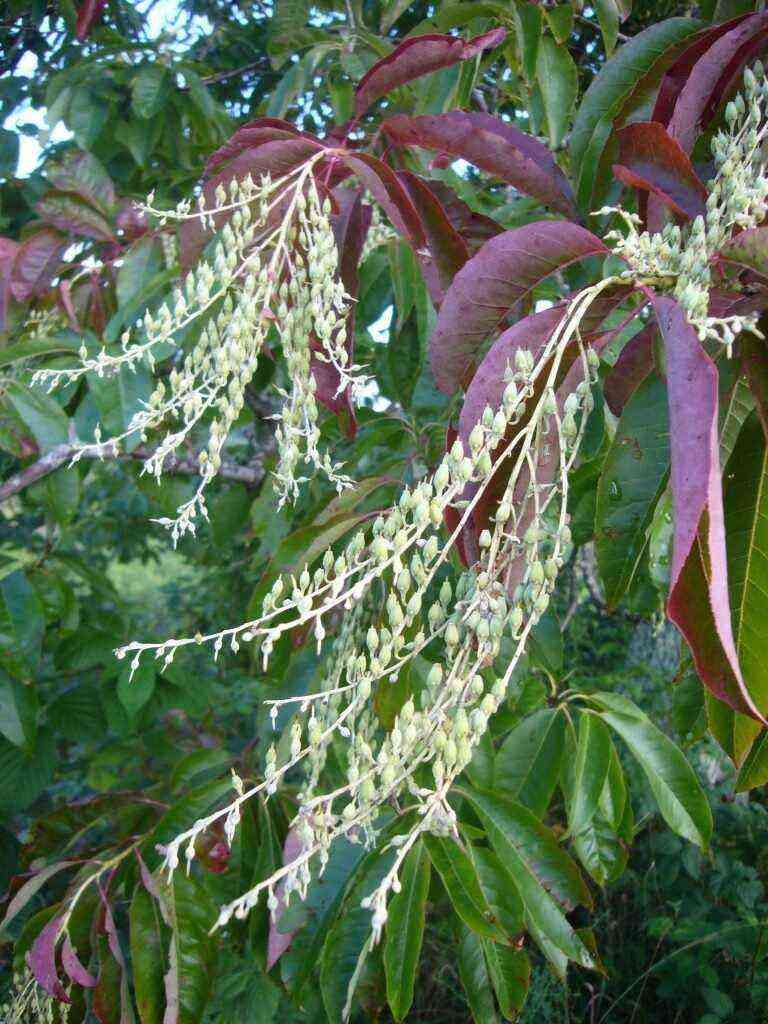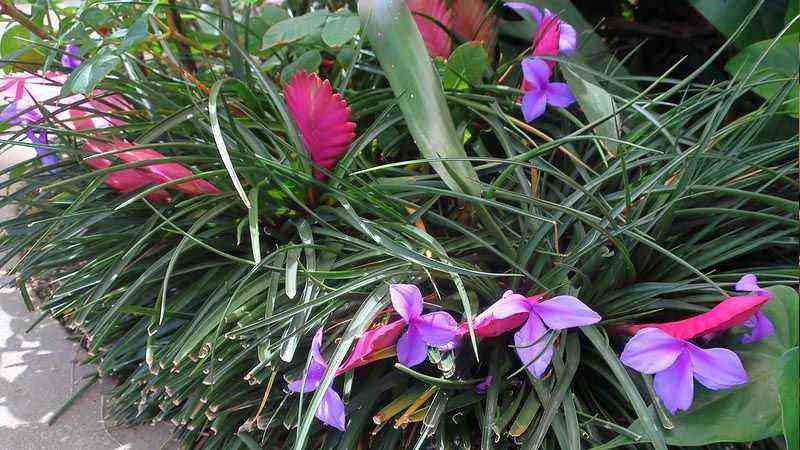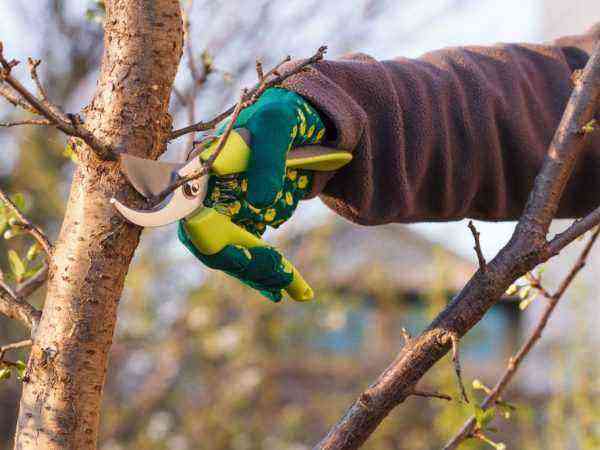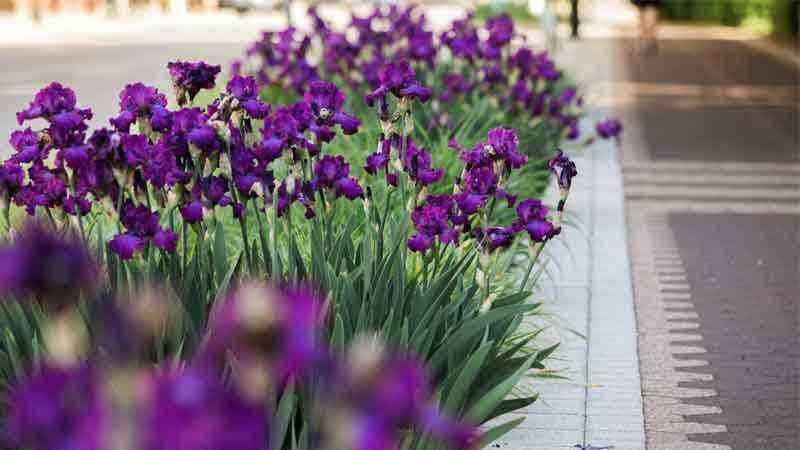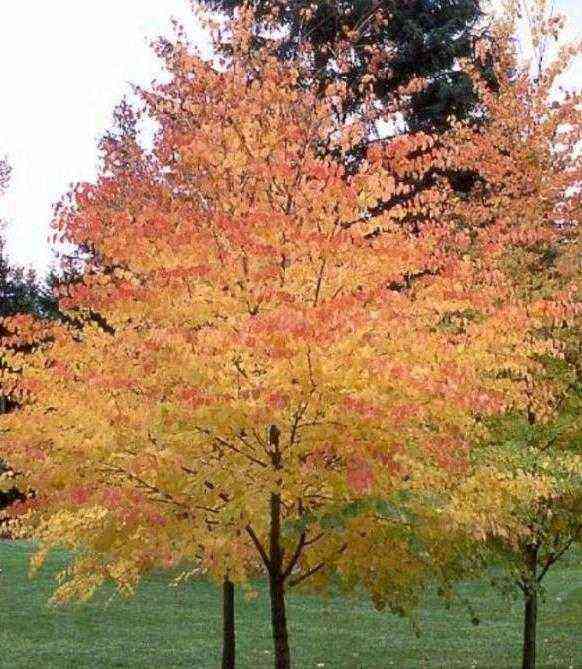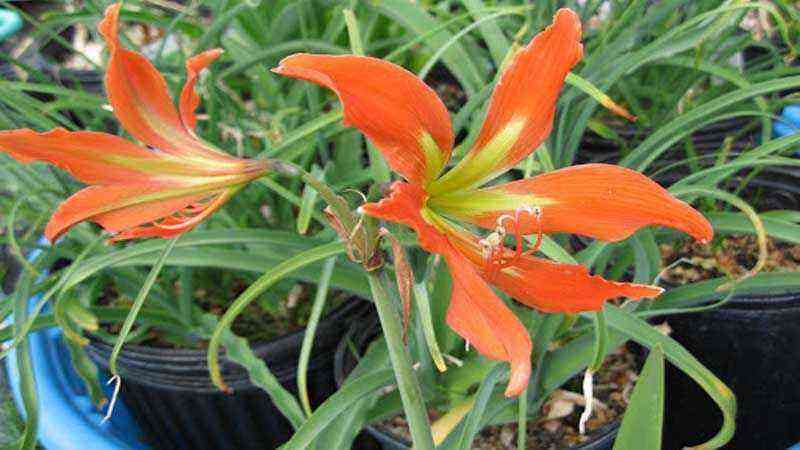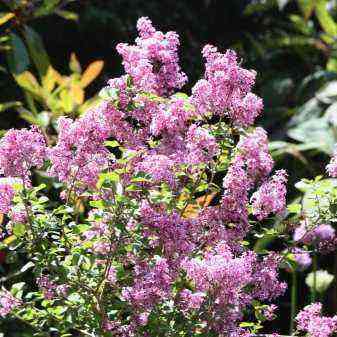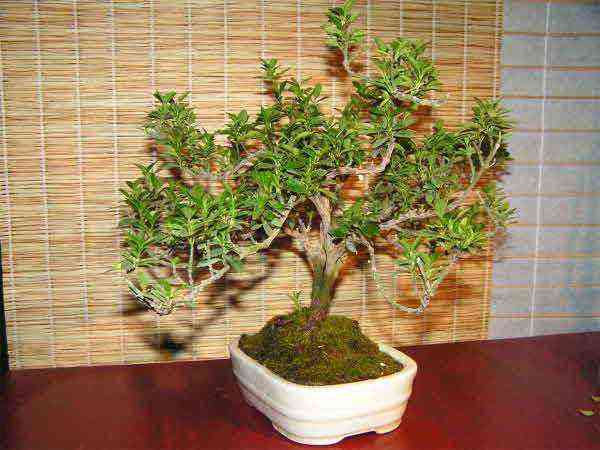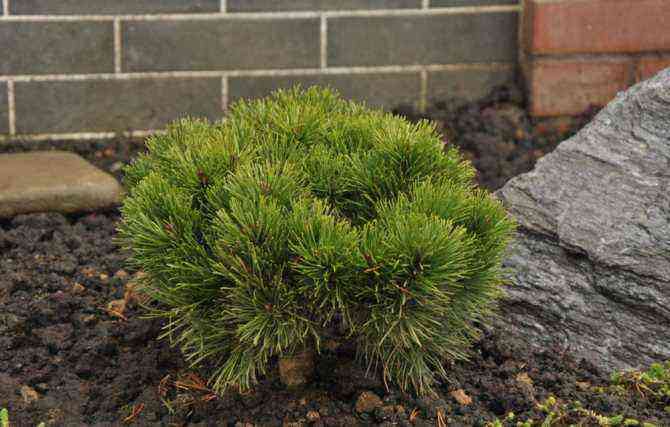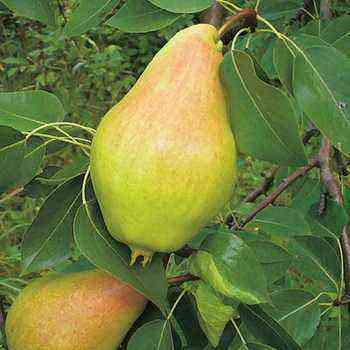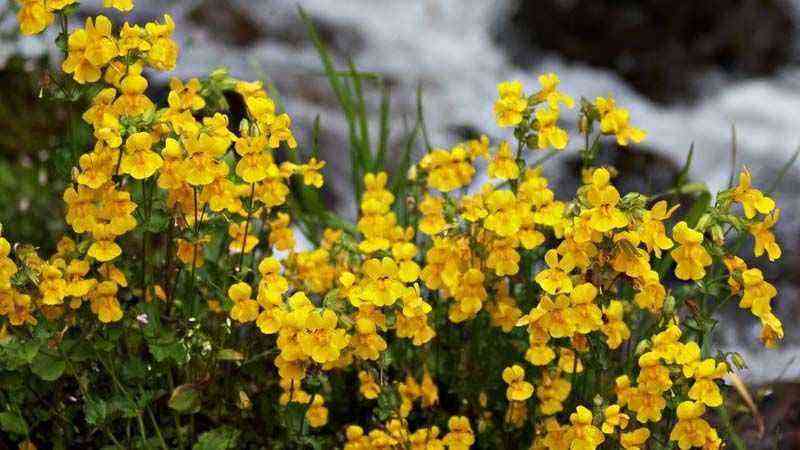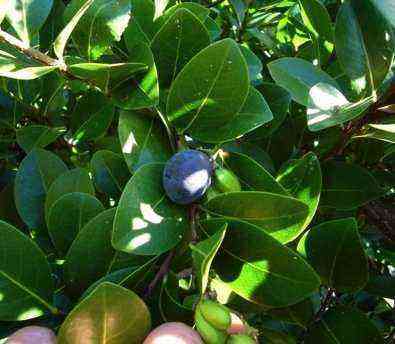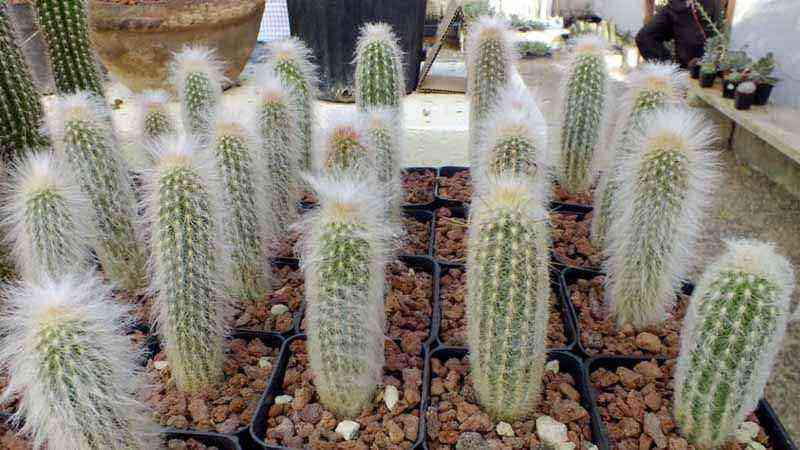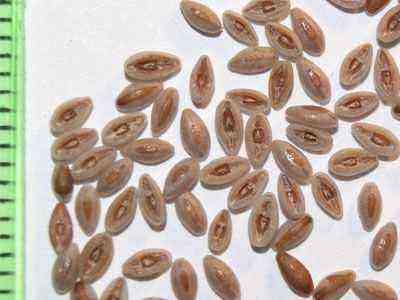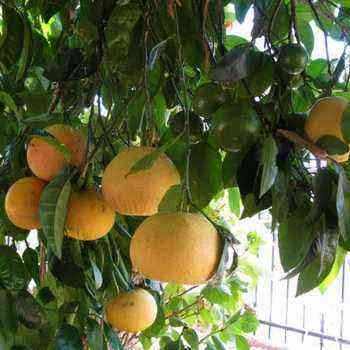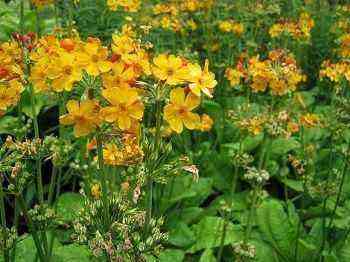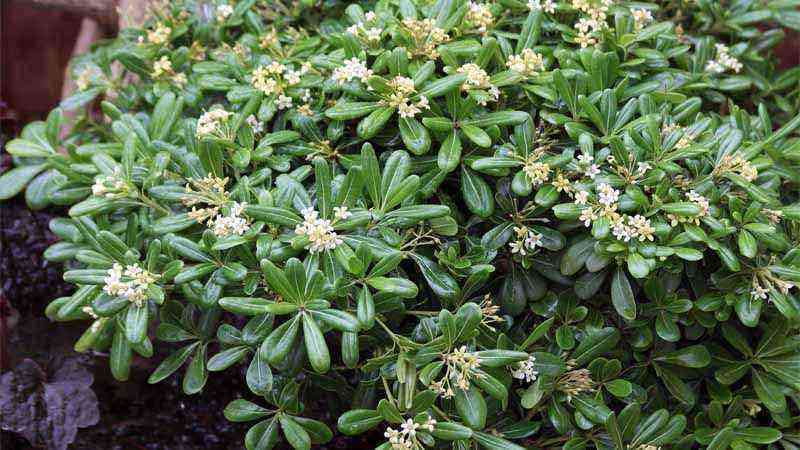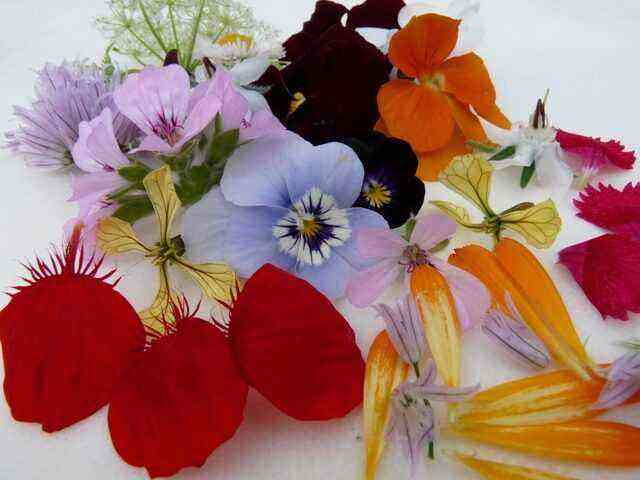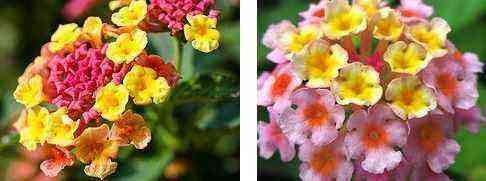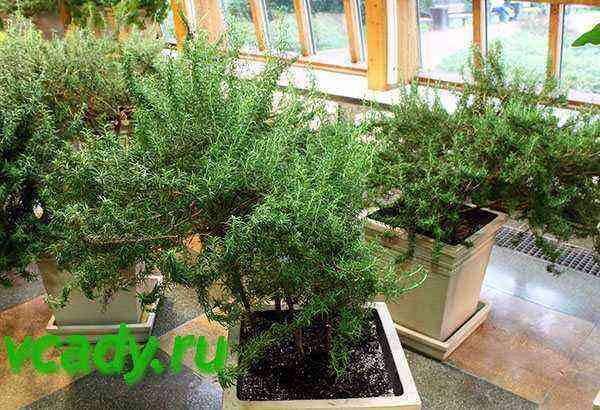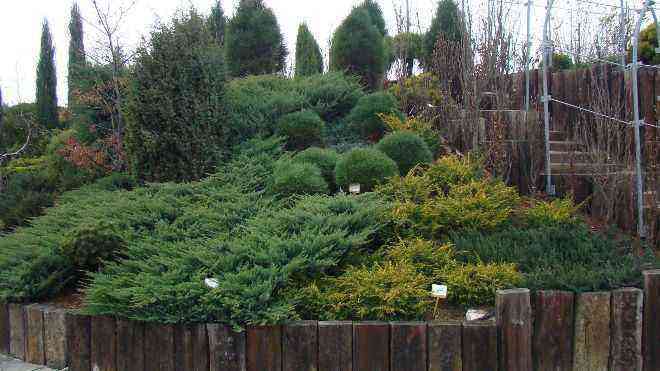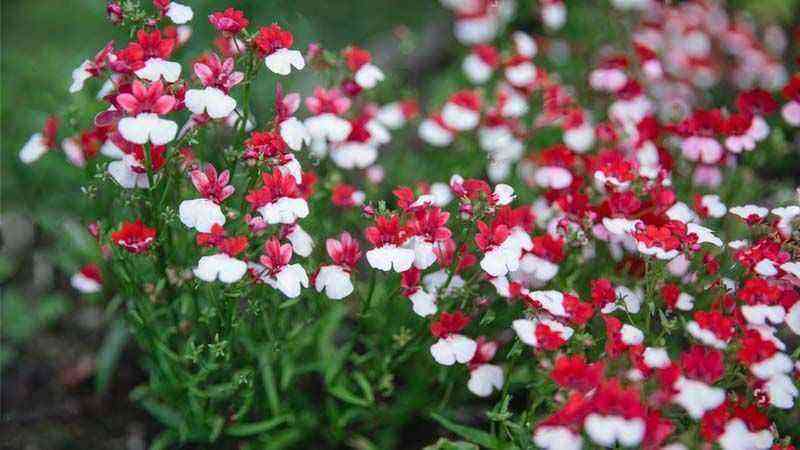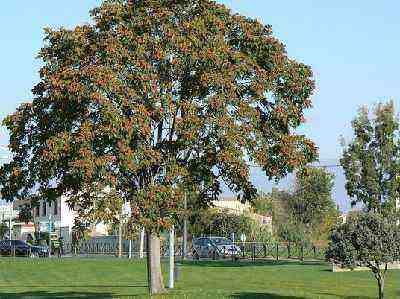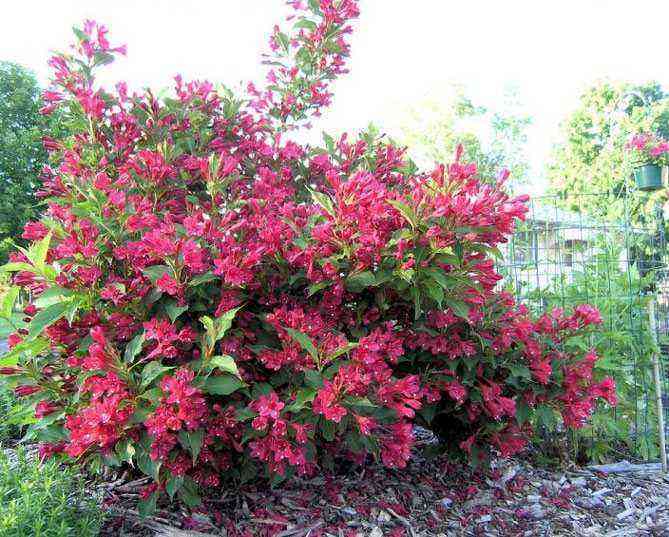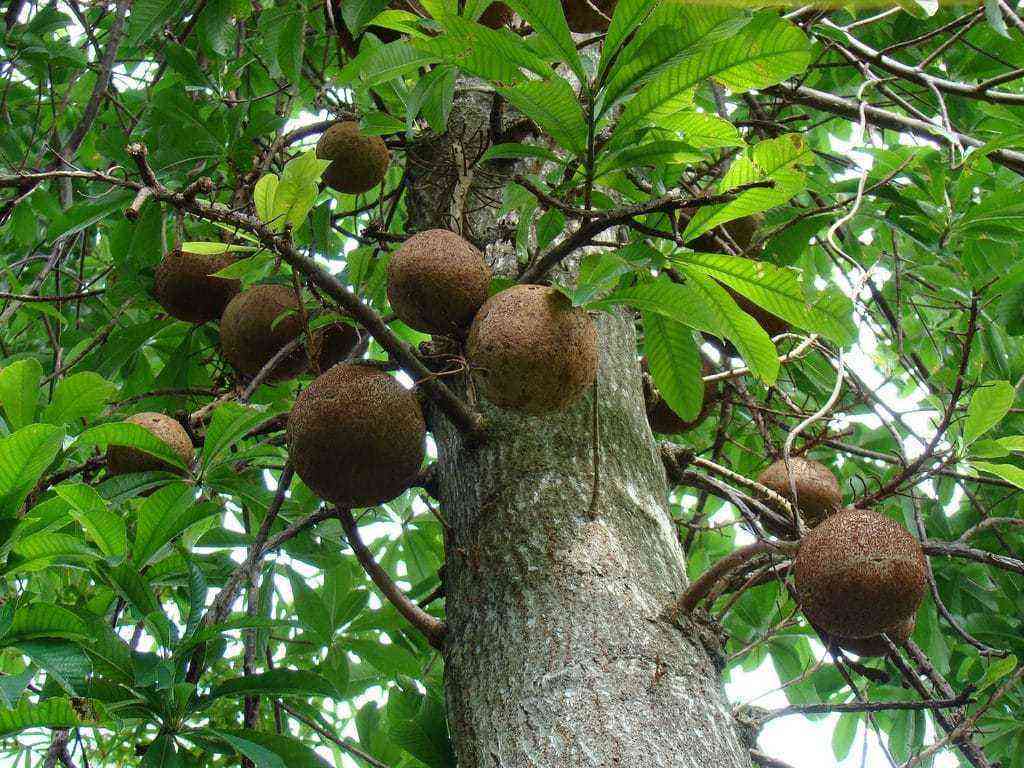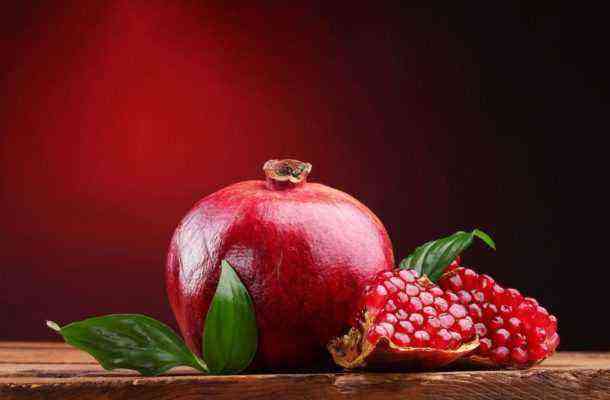Lilac (Syringa) is a common genus of shrubs of the Olive family, which, according to various sources, has from 10 to 36 species. We have selected the most popular ones.
Lilacs of any kind are incredibly beautiful during flowering (May-July). Its lush inflorescences with many small flowers bloom every year, even if the shrub is practically not looked after. This unpretentious plant perfectly tolerates the vagaries of the weather and the unstable climate of the middle zone.
In the garden, lilacs are used both in single and in group plantings. She is also good at hedges. In addition, compact species look great in mixborders next to almost any plant.
Common lilac (Syringa vulgaris)
This lilac is found everywhere. The shrub grows up to 5 m in height, and up to 2 m in width. Flowering is observed in May. In warm spring, the inflorescences bloom at the beginning of the month. On the basis of this species, many cultivars have been bred: terry, large-flowered, hyacinthous, etc.
- Popular varieties with simple flowers: Amethyst (bluish-purple inflorescences), Krasnaya Moskva (dark purple), Galina Ulanova (white).
- Terry flowers in varieties Victor Lemoine (dense purple inflorescences), Beauty of Moscow (white-pink flowers with mother-of-pearl), Marshal Vasilevsky (pink-purple inflorescences).
- Large-flowered inflorescences in lilacs Kremlin chimes (red-purple flowers), Monique Lemoine (white double flowers), Kolesnikova Olympiada (double pink flowers).
- Varieties with unusual flowers: Sensation (purple petals with a white border), Primrose (yellow-lemon flowers), Mulatto (pinkish-coffee colored petals).
In common lilac flowers are collected in paniculate inflorescences and exude a pleasant aroma.
The Buddha of David
Buddleya David is a deciduous shrub of the Norichnikov family. This plant produces flowers similar to lilacs, the shrub resembles 3-4 year old lilac seedlings in its appearance.
Long buddlea inflorescences are colored purple, more intense than that of lilacs. The flowers of the selection Budleya of David are also crimson, white, pink, blue. The length of the inflorescences reaches 40 cm, they are lush, heavy and bend under their own weight. The homeland of the plant is the central part and west of China.
Lilac Hungarian (Syringa josikaea)
This densely branched shrub (3-4 m high and wide) is distinguished by large leaves and lilac-pink loose panicle inflorescences with a pleasant aroma. Flowers bloom in May-June.
Hungarian lilac is maximally resistant to unfavorable climates. The plant tolerates well both waterlogging and drying out of the soil, as well as severe frosts and gusty winds. And this is not the only important advantage of the bush: it does not form shoots and retains a neat appearance in the fall.
Lilac-like shrub: jasmine
Therefore, lovers of living beauty want to have a flower that looks like a lilac. So that they delight with their wonderful aroma and magical color.
We are always happy to help people and are in a hurry to offer our version of flowers similar to lilacs. Let’s not delay the moment of truth and start right now! Our list opens with a handsome man – jasmine.
- Jasmine belongs to the olive family, like lilacs. It has white, star-shaped flowers that smell very nice.
Jasmine is native to Arabia and East India. The most common varieties: Italian, Spanish, winter.
It begins to bloom in April and ends in late autumn, which is a huge advantage. They begin to collect flowers from July until October.
The fragrant flowers of the shrub bloom at night, for this reason they are harvested mainly in the early morning.
Jasmine flowers are often called “the king of all flowers” for their sophisticated aroma and beautiful appearance. Therefore, it can easily become a worthy replacement for lilacs.
INTERESTING FACTS ABOUT JASMINE:
- Jasmine is widely used in cooking due to its rich and pleasant aroma. Petals are added to drinks, especially various teas. Jasmine green tea is a favorite drink for many gourmets. Jasmine tea is easy to make at home.
- For the Tatars, jasmine is a sacred plant. According to legend, in order to get to heaven, a person needs to grow jasmine during his lifetime.
- There is also a popular sign: if jasmine bloomed on May XNUMX, then it’s time to treat trees and shrubs with plant tinctures from pests.
Jasmine is an important and beautiful element of the garden
SEE ALSO:
1. HOW TO CARE ROOM JASMINE?
Lilian Meyer (Syringa meyeri)
This short (up to 1,5), but wide bush blooms depending on weather conditions (in warm regions – in May-June). Leaves are broadly oval, tapering at the top, dark green. The flowers are fragrant, lilac-pink. In the middle lane, in severe winters, it can be exposed to freezing.
The following varieties are widespread in the gardens:
- Palibin – in comfortable weather, small pink-purple inflorescences appear again in August;
- Josie is one of the shortest lilac bushes (up to 1,2 m tall) with fragrant purple-pink flowers, in late August – early September it can bloom again.
Kizil
Cornel grows in southern Europe and Asia. This is a shrub or a small branchy tree. Translated from the Turkic languages, the name of the plant means “red”.
Dogwood blooms in April, even before the leaves appear. The branches are covered with lush umbellate inflorescences, collected from small 4-petal yellow flowers. Inflorescences grow on thick woody shoots, each of which forms 12-25 flowers.
Flowering lasts a long time, up to 2 weeks. At this time, the dogwood vaguely resembles a blooming lilac. The difference is that the lilac never blooms before the leaves appear, the time of its flowering is in May or early June.
Lilac Zvegintsev (Syringa sweginzowii)
The plant is a shrub (up to 4,5 m high) with a dense pyramidal crown. Leaves broadly elliptical, pointed at the top, glossy, dark green.
Unlike other species, in lilac Zvegintseva inflorescences continue to shoot bearing 3-5 pairs of leaves. The flowers are small, white-pink, fragrant, collected in erect pyramidal or loose paniculate inflorescences up to 30 cm long. It blooms in June for two weeks.
Plant different types of lilacs and you can achieve continuous flowering of these common shrubs from May to July.
Interesting facts about lilacs
Lilac is a long-liver. She has been living for over 100 years. Lilac oil costs more than gold.
It is important to know! The smell of lilac can cause severe headaches. Lilac flowers contain toxic and harmful substances. Lilacs are cut only with a sharp tool, even its flowers. If you pick flowers with your hands, the lilac bush will begin to ache and wither.
Cut lilacs very quickly lose their beautiful appearance. Despite all its toxicity, lilacs are actively used in folk medicine. It is used for rheumatism and wound healing. There are different types and varieties of lilacs. They differ from each other in shades of flowers, sizes, appearance, duration of flowering.
It’s fun! Did you know that Hungarian lilacs are completely odorless?
It is interesting that in nature there are like twins of plants. And many are not always able to distinguish one plant from another. Flowers can be very similar in size, color, inflorescences. But at the same time, they most likely belong to completely different species and families. And this is really amazing.
Lilacs are no exception. This plant also has so-called twins. There are different plants that are sometimes confused with lilacs, or find many similarities. This article will consider the most similar plants to lilacs.
Hydrangea paniculate
Hydrangea paniculata is a medium-sized shrub of the Hortensia family. In the wild, this species grows in the Far East and Japan.
Large, pyramidal inflorescences of panicle hydrangea resemble lilac inflorescences. They consist of many 4-petal flowers of white, pink, red in various shades. Inflorescences grow at the ends of tree branches covered with oval pointed leaves (just like in lilacs).
Learn more about how to grow hydrangeas at home.
Lilac varieties with descriptions, photos and names
Last year there was enough space in the country house to plant something new. After consulting with loved ones, I decided to get a good old lilac, whose aroma resembles childhood. Now many are interested in exotic plants, but I wanted to please the eye with something familiar and dear.
But, as it turned out, there are many beautiful lilacs and breeders have bred varieties for every taste. It took a long time to choose, and at the same time to get a lot of new and interesting information.
I am pleased to share with you a new discovery with the name lilac, I attach varieties with photos and names. I am sure that many will want to learn from the experience, see the best representatives of lilacs on their site and get new impressions.
A little about lilac
Lilac is one of the most beautiful ornamental plants. This is a well-known shrub that many are planted in their area. They love lilacs for their unique aroma, and chic spring bouquets look just great. Many florists use this plant in their compositions. What is this shrub?
The name, according to one of the versions, the shrub received from ancient Greek mythology, in honor of the naiad Siringa. The Russian version is “chenille”. This name was given because of the light bluish tint of the flower.
A unified classification still does not exist, although more than 30 species are known, and more than two and a half thousand varieties have been bred by breeders. This shrub, less often a tree, belongs to the Olive family.
In nature, they are common in mountainous areas in Eurasia, the Balkans, Hungary, China. The main species from which breeders are repelled when breeding varieties is Common Lilac.
Shrub classification
They are classified according to various criteria, the main ones are:
- By color.
- The shape and size of the flowers.
- The height and shape of the bushes.
The flower shape is divided into simple and double. If the flower is assembled into a corolla of four petals that grow together into a tube, then it is simple. If the tubes with petals are nested one into the other, then this is already terry.
Flowers are collected in inflorescences – panicles, which also differ in shape, density and size. It is the inflorescences that carry the main characteristics of the variety. Classic colors range from white to purple, going through all shades of purple. But new hybrids have appeared, which have an unusual blue and yellow, red colors.
In the International Register, it is customary to code lilacs in the shape of a petal – S (“simple”) and D (“terry”). And the colors have numbers from I to YII.
Classification by color
The most convenient, because in many species there are varieties with the same color. And so you can collect the best varieties of a given color in one form.
White lilac “Madame Casimir Perrier”
An old French variety, created by Lemoine back in 1894 and is still popular.
- Sprawling bush up to 4,5 meters high, crown diameter about 2 meters. The leaves are long, up to 10 cm. Inflorescences in the form of a pyramid with creamy buds and about 20 cm in size. The buds bloom into dense double flowers, each with 3 – 4 corollas. They resemble white snowflakes.
- It is better to plant such a variety in a sunny place where there is a little shade. The soil should be fertile, with a high humus content. Too much moisture can kill the plant.
- Quite frost-resistant for the Moscow region, blooms in late May and early July for about three weeks. It can burn out in the sun, so you need to choose a place for planting carefully.
- The variety is suitable for early spring forcing and can delight women by March 8th. One of the best varieties that blooms every year and for a long time.
Yellow lilac “Primrose”
This is an amazing and unusual sight. This color is not peculiar to lilacs. Refers to the species – Common Lilac. But this look assumes a completely different color with pigments of pink, lilac, burgundy tones. White corollas without pigment at all. Where did the yellow come from?
In 1949, in Holland, a new unique and so far only Primrose variety was bred from a variety with a kidney mutation. For its uniqueness, this variety has received a First Class Certificate.
- The shrub is up to 3,5 meters high. Has a spreading crown. It grows quite quickly – up to 30 cm per year.
- The flowers are similar in shape to ordinary lilacs, slightly elongated and inflorescences up to 20 cm long. Very delicate yellowish color. When they grow in the sun, they can fade to white, that is, they return to their basic appearance and white color. In mid-May or early June, the bush begins to be covered with a gorgeous hat.
- They are planted in an open place, loves warmth, but does not like wind, partial shade is desirable. The soil should be humus (slightly acidic or neutral). Lime must be added to the acidic one. If there are several bushes, then you need to plant at a distance of 1 meter from each other. It is unpretentious in leaving and does not require special attention. In the early years, water no more than twice a week, sometimes fertilize with urea, and in the spring with superphosphate.
Purple lilac “Cosmos”
One of the best varieties of this color is known to many. Released in 1956. The height of the bush is from one and a half meters to two. If you plant more than one bush, then the distance should be at least 2 meters.
- The branches are straight, directed upwards. Shoots are long. The color is purple with bluish tints, yellow stamens in the middle. It has a very simple flower. The rim size is 25 – 30 mm.
- Usually has 2 pyramid-shaped brushes. The length of the brush reaches 25 cm. Sometimes there are 4 or 6. Flowers are located close to each other.
- Fruiting every year, average duration. If planted in the shade, there are much fewer flowers.
- One of the most persistent and hardy varieties. Well tolerates bad weather and cold, does not break.
Included in the top ten purple varieties in terms of popularity and characteristics.
Blue lilac “Firmament”
There are several varieties that range in color from bluish to light pink. Let’s take one of the best bluish lilac bushes for description.
The variety was bred in 1932. It is famous for its purity of tone and is well known. It is distinguished by its purity of tone and lives up to its name – it resembles a sphere.
- Refers to common lilac. The buds are bluish-purple, and the flowers are already pure blue. Diameter 2 – 3 cm. The petals are oval, oblong, the ends are raised up.
- The inflorescences always consist of one pair, medium density, strong, in the form of a medium-sized pyramid. The leaves are dark green in color, dense in structure.
- The branches stretch straight up, the average height is about two meters.
- It blooms very profusely every year.
Red lilac “Red Moscow”
This purple handsome man occupies a special place. Bred in 1936 by L. Kolesnikov, the author of more than 300 varieties.
- The buds are bright with a purple tint, and the flowers are large ordinary up to 2 cm dark purple in color with raised petals at the end. The tone is even and persistent.
- Usually the inflorescence consists of a pair of panicles, the length is average, up to 18 cm. The structure is dense and strong.
- Sometimes reaches a height of 4 meters, a width of 20. It grows 25 – XNUMX cm every year.
- This lilac blooms in medium and moderate terms. Only very favorable weather conditions make it possible to increase the number of inflorescences.
- Quite unpretentious in the care. The soil should be low acidity or neutral.
- Can be planted in well-lit areas. The shade will not produce many colors. Dislikes drafts and highly moist soil.
A short video is offered where an expert will tell you some of the features of growing lilacs:
